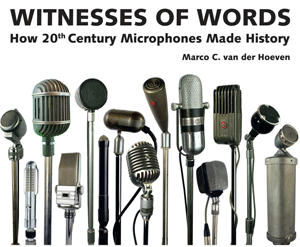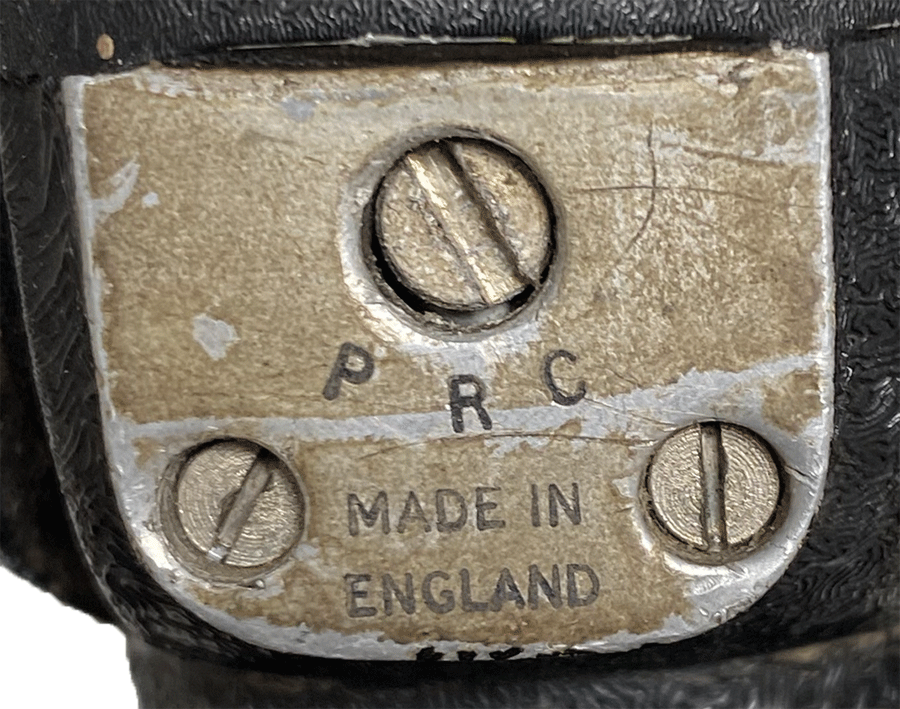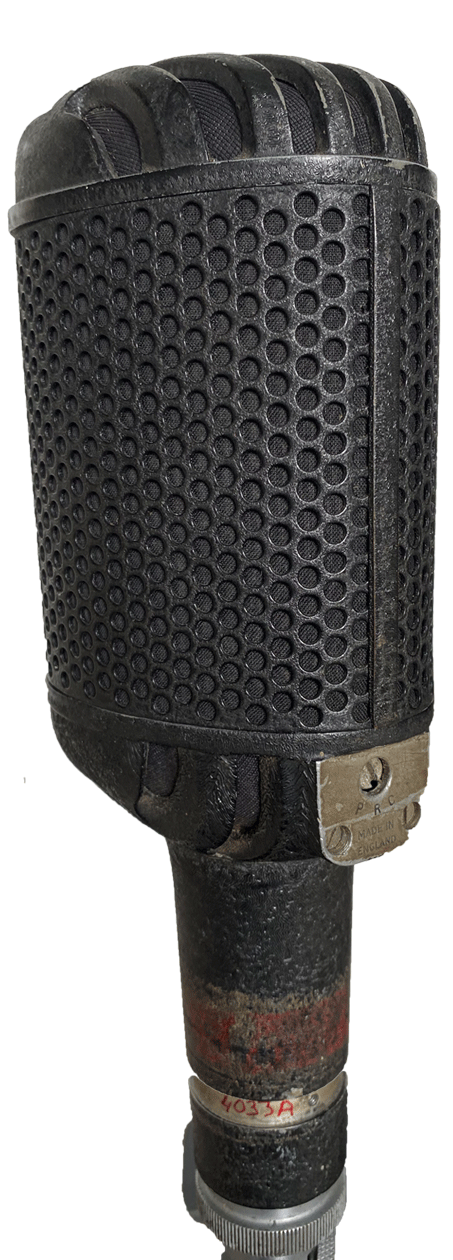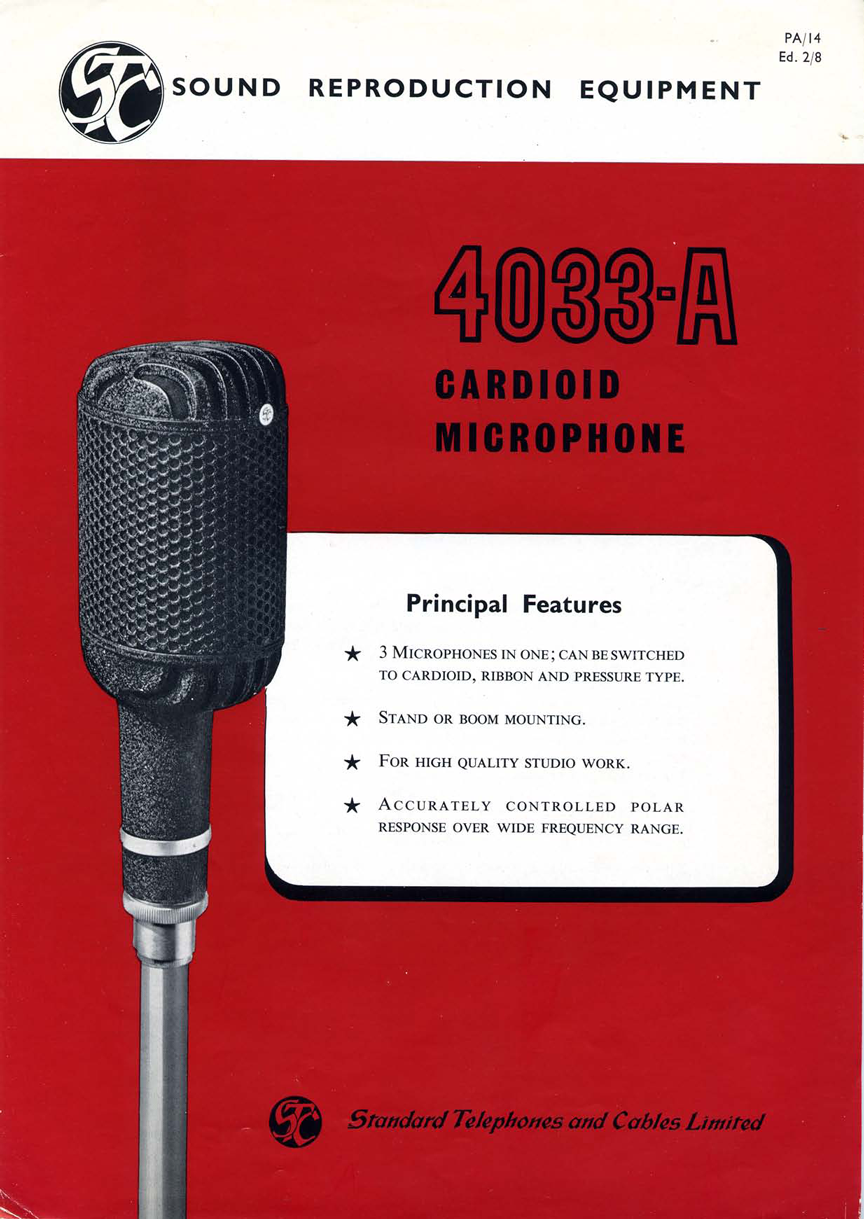|
I have a soft spot for the early dynamic directional microphones. The makers had to be very creative to solve this problem. It was a necessity; the common omnidirectional types were not universally usable.
After the first solution, a ribbon microphone with the back shielded for sound, RCA came up with a new solution by dividing the ribbon of the element in two: this created a pressure transducer, with a shielded back, and a gradient transducer, open on both sides. This RCA 77A, from 1936, was revolutionary, but of course there was a patent that made it impossible for other manufacturers to follow the idea.
The patent clearly described that the sum of the two recording patterns produced a directional result. Western Electric therefore designed a dual-element microphone, the 639A, which had a bidirectional ribbon element and an omnidirectional dynamic element working together for a directional recording pattern. This 'Bird Cage' was widely used from 1939 for PA, radio and film.
Like other Western Electric microphone models, an English version was also made, but where other microphones were simply copied, the design of this model was adapted. The Stantel (Standard Electric and Cables) 4033A got a different housing, made of a zinc alloy, which was stronger than the fragile American die-cast aluminum. The dynamic element, which, as in the WE 639A, was derived from the 630/STC 4021, was fitted with a baffle to make it more directional.
The element was mounted diagonally upwards at an angle of 30 degrees, while in the 639 it pointed straight forward. The angle ensured that the higher tones were emphasized. While the ribbon element mainly reproduced frequencies up to 3000 Hz, the dynamic element played the leading role at higher frequencies.
The schematic drawing shows an inductor (L1) which, in combination with a capacitor (C1), gradually reduces the contribution of the ribbon element to the combined output.
Internally there were more differences in the construction and, although these were not very big differences, the sound of the 4033A was slightly different from that of its American brother. And while a 639B version, with 3 additional cardioid recording patterns was soon introduced in addition to the original 639A , STC apparently felt that three settings would suffice: P-Presure, for the dynamic omni capsule, R- Ribbon, for a figure of eight pattern, and C-Combined they shape a cardioid pickup pattern.
The BBC decided to use the microphone only as a cardioid.
When used as a ribbon microphone, the 4033 was not comparable to the 4038, the smaller successor to the trusted AXBT. The ribbon of the 4033A was 10 times as thick, which made the microphone less sensitive, especially to pop sounds in speech.
Although ribbon microphones usually have a somewhat dark sound, the sound of the 4033A can be described as rather toppy.
The 4033As were widely used in recording studios for music and film (often as a boom microphone, above the set) and were used until approximately the mid-1960s. On the earliest Beatles recordings, in Abbey Road, it was used to record the kick drum.
Even today, these microphones are still very popular for use in the studio, and they fetch high prices on the second-hand market.
Many more types feature in my book Witnesses of Words. More information about that can be found at www.witnessesofwords.com

|
|
|
|
|
Top: two sides of the 4033A
Below: sound, switch, 4033A schematic & info |
|

|
|
|
|


 Video's
Video's Contact
Contact






